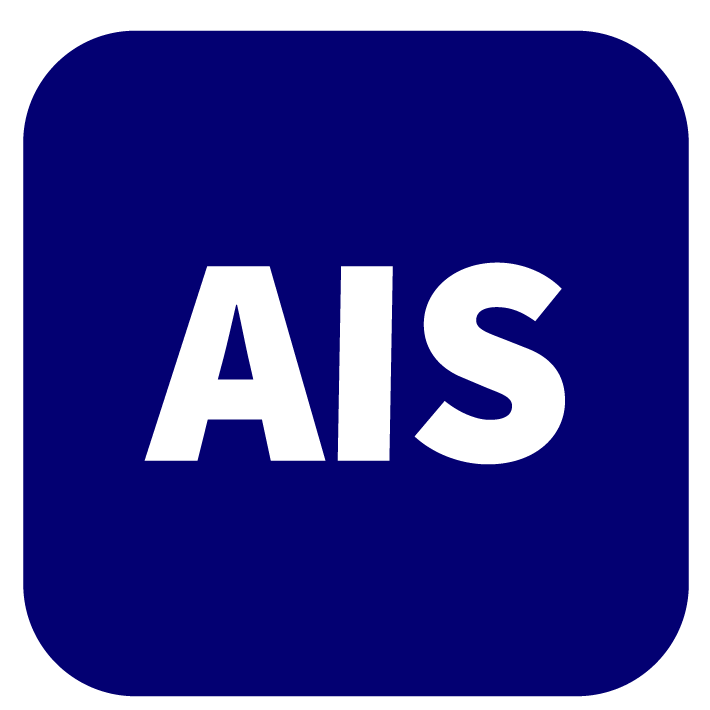REFERENCES
1. Schnelldorfer T, Gumbs AA, Tolkoff J, et al. White paper: requirements for routine data recording in the operating room. Art Int Surg 2024;4:7-22.
2. Kline A, Wang H, Li Y, et al. Multimodal machine learning in precision health: a scoping review. NPJ Digit Med 2022;5:171.
3. Cestonaro C, Delicati A, Marcante B, Caenazzo L, Tozzo P. Defining medical liability when artificial intelligence is applied on diagnostic algorithms: a systematic review. Front Med 2023;10:1305756.
4. Oliva A, Grassi S, Vetrugno G, et al. Management of medico-legal risks in digital health era: a scoping review. Front Med 2022;8:821756.
5. Bélisle-Pipon JC, Couture V, Roy MC, Ganache I, Goetghebeur M, Cohen IG. What makes artificial intelligence exceptional in health technology assessment? Front Artif Intell 2021;4:736697.
6. Cecchi R, Haja TM, Calabrò F, Fasterholdt I, Rasmussen BSB. Artificial intelligence in healthcare: why not apply the medico-legal method starting with the Collingridge dilemma? Int J Legal Med 2024.
7. Fattore G, Maniadakis N, Mantovani LG, Boriani G. Health technology assessment: what is it? Current status and perspectives in the field of electrophysiology. Europace 2011;13 Suppl_2:ii49-53.









